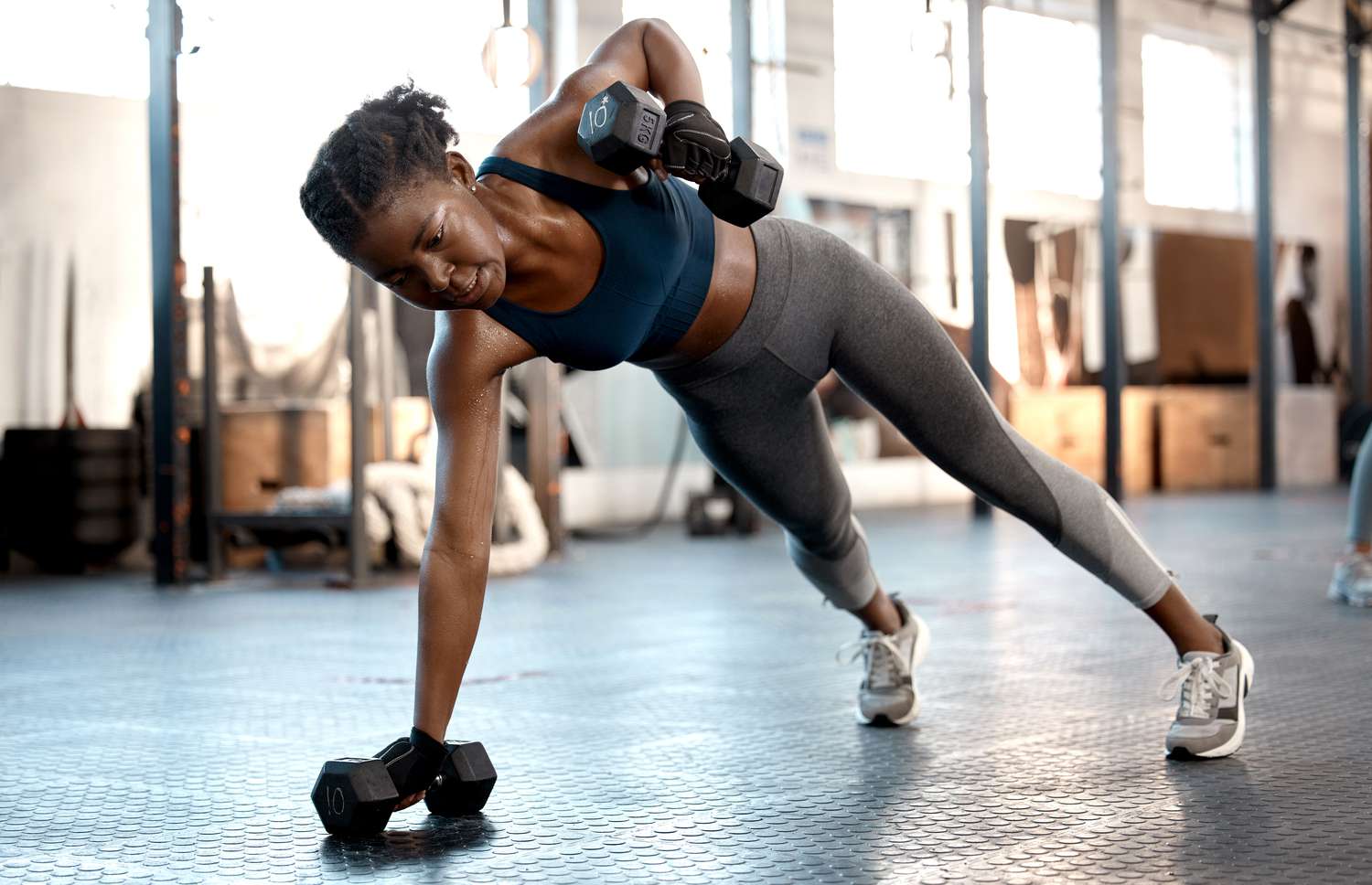The Secret to Strength: Legal Prohormones That Deliver

Picture a bodybuilder hitting a new personal best. It is not just chalk and raw strength at play. Many lifters know diet and training matter, but legal prohormones for strength can provide a legal boost. These compounds convert naturally inside the body to support lean mass, power, and recovery. Looking for an edge that stays within the rules? This list dives into six standout choices. Each entry covers key perks, potential drawbacks, and cycle tips to help make an informed decision. Bodybuilders and strength athletes will find the perfect match for their goals.
Understanding Legal Prohormones Basics
Prohormones serve as precursors to active hormones. They convert to anabolic compounds that drive muscle growth and force production.
How They Enhance Strength?

Once ingested, prohormones undergo enzymatic conversion. That process boosts testosterone or related androgens, which supports protein synthesis, muscle contraction, and improved recovery.
- Enhanced protein synthesis leads to faster repair
- Improved nitrogen retention preserves lean tissue
Legal Status Overview
Many of these compounds are available without a prescription in certain regions. However, regulations vary by country, so it is vital to check local guidelines. They remain legal because they are not classified as controlled substances under federal law, though restrictions can apply.
Top Legal Prohormones
Six compounds rise above the rest, each offering a unique path to greater strength. These picks balance potency, safety, and accessibility.
1-Androsterone (1-DHEA)
1-DHEA serves as a prohormone to 1-testosterone. Users often report solid strength gains with minimal water retention. Typical cycles last 6 to 8 weeks, followed by a mild post-cycle therapy to restore hormone balance.
Benefits
- Noticeable strength improvements within 4 to 6 weeks
- Low risk of estrogenic side effects like bloating
- Lean muscle gains without excessive weight
Potential Drawbacks
- Mild androgenic effects such as acne or oily skin
- May require a basic post-cycle protocol
- Results vary based on diet and training
4-Androsterone (4-DHEA)
4-DHEA converts to 4-androstenediol, a direct precursor to testosterone. Strength-focused lifters often see increases in bench press and squat numbers. Strength-focused lifters can compare this one with others using our guide to prohormones for muscle strength.
Benefits
- Solid boost in overall lifting performance
- Moderate conversion rate reduces estrogenic risk
- Versatile for cutting or bulking phases
Potential Drawbacks
- Possible minor water retention
- Requires strict adherence to dosage
- Users may experience mild fatigue in first weeks
19-Norandrostenedione
19-Norandrostenedione transforms into nandrolone, a well-known anabolic agent. Bodybuilders often appreciate its ability to increase joint comfort under heavy loads. Those chasing maximal power output may find similar options in our roundup of prohormones for explosive strength.
Benefits
- Noticeable strength and size increases
- Improved recovery and reduced joint soreness
- Low incidence of estrogenic side effects
Potential Drawbacks
- Potential suppression of natural testosterone
- Post-cycle therapy strongly recommended
- May cause mild water retention
Epi-Andro
Epi-Andro converts into epi-testosterone, an isomer of testosterone with lower estrogenic activity. This makes it appealing for powerlifters who want lean gains without excess bloat. This is popular among bodybuilders and powerlifters tackling heavy loads, check our prohormones for powerlifting page for more.
Benefits
- Lean strength gains with minimal water weight
- Fewer estrogenic and androgenic side effects
- Smooth, steady performance improvements
Potential Drawbacks
- Slower gains compared to 1-Andro or 4-Andro
- Users may need longer cycles for visible results
- Hormonal support supplements advised post-cycle
A1,4 Androstadiene-3,17-Dione
Often called ADD, this compound inhibits aromatase (the enzyme that converts testosterone to estrogen). Athletes see harder, drier muscle gains and improved strength-to-weight ratio.
Benefits
- Enhances free testosterone levels
- Reduces estrogenic symptoms like water retention
- Supports lean muscle preservation
Potential Drawbacks
- No direct anabolic action, must be stacked for max effect
- May cause headaches or mild joint stiffness
- Cycle planning can be more complex
DHEA (Dehydroepiandrosterone)
DHEA is one of the mildest prohormones, converting partially to testosterone and estrogen. It is often used as a doorway into more potent cycles or for maintaining gains between phases.
Benefits
- Gentle on the endocrine system
- May improve energy levels and mood
- Over-the-counter availability in many regions
Potential Drawbacks
- Limited strength gains compared to other options
- Potential estrogenic conversion at high doses
- Best suited for beginners or bridge cycles
Choosing The Right Supplement
Picking the ideal prohormone depends on goals, experience, and tolerance. It is not one-size-fits-all.
Dosage And Cycle Guidelines
Most cycles run 6 to 8 weeks. Beginners should start at the lower end of the dosage range.
- 1-Andro: 300–500 mg per day
- 4-Andro: 200–400 mg per day
- 19-Nor: 250–350 mg per day
- ADD: 200 mg per day
Lifters must cycle off for at least half the cycle length to support hormonal recovery.
Tracking Progress
Monitoring key metrics ensures safety and effectiveness. They should record:
- Training maxes on core lifts
- Bodyweight and body composition changes
- Mood, libido, and energy levels
Regular blood work can catch potential issues early and guide post-cycle therapy.
Final Key Takeaways
Legal prohormones offer bodybuilders and strength athletes an accessible boost. Each compound has a unique profile, from the gentle effects of DHEA to the serious power of 19-Norandrostenedione. They should match the choice to personal goals, cycle length, and tolerance. For a deeper dive, see our guide to the best prohormones for strength gains.
